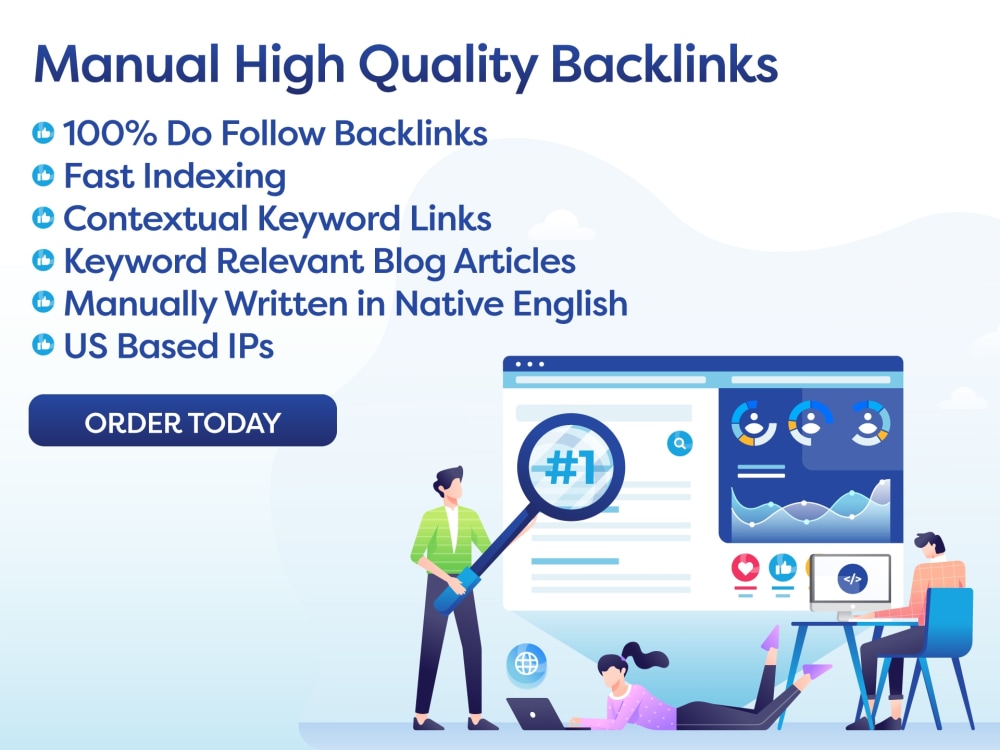Page Speed Optimization: Quick Wins
In today’s fast-paced digital world, website speed plays a crucial role in user experience. Research shows that a one-second delay in page load time can result in a 7% decrease in conversions, 11% fewer page views, and a 16% decrease in customer satisfaction. With such significant impacts on user engagement and conversions, it’s no wonder that website owners are constantly looking for ways to improve their website’s speed. In this article, we will discuss some quick wins for page speed optimization that can help you boost your website’s performance.
Why is Page Speed Important?
Before diving into the optimization techniques, let’s first understand why page speed is crucial for a website’s success. In today’s digital landscape, people have become accustomed to instant gratification. They expect websites to load quickly and provide them with the information they need without any delays. If a website takes too long to load, users are likely to get frustrated and leave. This not only leads to a poor user experience but also affects your website’s search engine rankings and conversions.
Optimization Techniques for Quick Wins
1. Optimize Images
Images are an essential part of any website, but they can also significantly slow down your website if not optimized correctly. Make sure to compress your images before uploading them to your website. You can use tools like TinyPNG or Compressor.io to compress your images without compromising their quality. Additionally, use appropriate image formats such as JPEG, PNG, or SVG depending on the type of image.
2. Minimize HTTP Requests
Every element on your website, including images, scripts, and stylesheets, requires an HTTP request to load. The more HTTP requests your website has to make, the longer it will take to load. To reduce the number of HTTP requests, try combining multiple files into one and minifying your code. This can significantly improve your website’s loading speed.
3. Use a Content Delivery Network (CDN)
A Content Delivery Network (CDN) is a network of servers located in different parts of the world that deliver website content to users based on their geographic location. By using a CDN, you can reduce the distance between your website and your users, resulting in faster page load times. Some popular CDNs include Cloudflare, MaxCDN, and Amazon CloudFront.
4. Enable Browser Caching
Browser caching allows your website to store certain elements, such as images and stylesheets, on a user’s browser after their first visit. This means that when a user revisits your website, their browser won’t have to download these elements again, resulting in faster page load times. Enabling browser caching is relatively easy, and you can do so by adding the appropriate caching headers to your website’s server.
5. Minify CSS and JavaScript
Minifying your CSS and JavaScript files can significantly reduce their file size, resulting in faster page load times. Minification removes any unnecessary characters, such as spaces, line breaks, and comments, from your code without altering its functionality. You can use tools like CSS Minifier and JavaScript Minifier to minify your code.
6. Choose a Reliable Web Hosting Provider
Your website’s hosting provider plays a crucial role in its performance. If your website is hosted on a slow and unreliable server, it will inevitably result in slow page load times. Therefore, it’s essential to choose a reputable hosting provider that can handle your website’s traffic and has a good uptime guarantee.
Final Thoughts
In today’s competitive online landscape, having a fast-loading website is essential for success. By implementing these quick wins for page speed optimization, you can significantly improve your website’s performance and provide your users with a seamless browsing experience. Remember, a one-second delay in page load time can cost you valuable conversions, so it’s worth investing the time and effort into optimizing your website’s speed.

